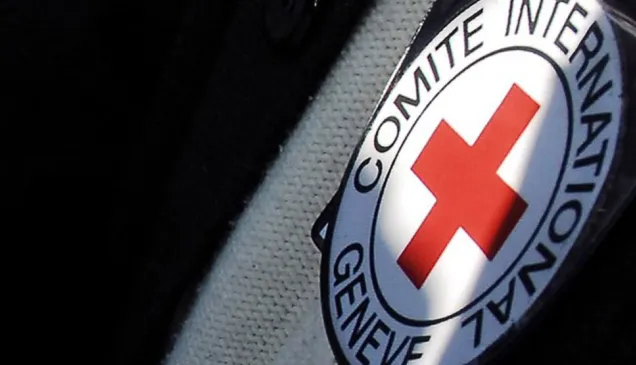Red Cross Emblem: A sign of hope

The Red Cross emblem on a white background, fluttering in the wind, holds different meaning for different people. For a person in trouble, it signifies hope and comfort. For others, it conveys trust and strength.
For those who represent the emblem, it is essential to develop an in-depth understanding of what it means, and how it relates the seven fundamental principles of the International Red Cross and Red Crescent Movement.
With an aim to create more awareness among their own staff, the Thai Red Cross Society (TRCS) recently organized a knowledge-based seminar at Chulalongkorn Memorial Hospital for more than 100 officials and nurses from different units of TRCS, hospitals and other related organizations in Bangkok.
"The International Committee of the Red Cross and the Thai Red Cross Society see the importance of providing adequate and accurate knowledge of the seven fundamental principles and the use of the emblems to the staff," said Sawanit Kongsiri, Assistant Secretary General for External Relations of the Thai Red Cross Society. "It will enhance their quality of services and also reduce risks of misinterpretation which happens oftentimes.
The Red Cross emblem has two main purposes: the "protective use" and the "indicative use". For protection, the emblem is a visible sign in armed conflict of the protection given to the medical services, equipment and buildings of the armed forces under international law. That protection extends to certain humanitarian organizations working alongside the military to relieve the suffering of the wounded, prisoners and civilians caught up in the conflict.
For indicative use, National Red Cross and Red Crescent Societies around the world are allowed to use the emblems in a comparatively smaller size to identify themselves as part of a global network known as the International Red Cross and Red Crescent Movement. However, the emblems are sometimes misused during peacetime, which may reduce its sacred meaning and its power of protection in times of armed conflicts.
"It is our responsibility to safeguard the emblem, and it is a constant effort to educate our own staff, the public, and authorities, on what it is means. We do this work around the world in every country where we are present," said Aekarad Rakwanat, head of cooperation unit at the International Committee of the Red Cross in Bangkok.



